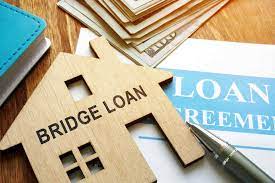
One of our previous blogs discussed the problems you may encounter when buying and selling your homes on the same day. We strongly advise that your purchase your new home before you sell. This presents the obvious problem of where do you get the money to purchase from? The answer is Bridge Financing.
A bridge loan makes it possible to finance a new house before selling your current home. A short-term mortgage is placed on your current property, representing the down payment for your new house. These are generally a higher interest rate, and the terms are very short, usually a maximum of 30 days. You basically leverage the equity in your current home, use the loaned funds to purchase your new home, and then when your sale closes the loan is paid of and discharged.
Every lender is different, and it is important for you to discuss this option with your institution well in advance of closing. In fact, it is best to discuss this before you even list your home for sale. Your lender will want to know all the details about your current home and the home you are purchasing so that they can determine what they are willing to loan you to bridge the gap. Your lawyer cannot do this for you. Once the file gets to us it is usually too late to arrange bridge financing.
Bridge financing allows you to purchase your new home and have time to move into said home. Bridge financing is not without risk. It may be that you purchase your new home and then a week later your sale falls through, resulting in you having to negotiate an extension of your bridge loan, or having to remortgage your properties. The other downside is that you could be faced with having two mortgage payments.
Like any situation, an ounce of prevention is worth a pound of cure. Being prepared and knowing exactly what your lender will advance in bridge financing before you sign on the dotted line is crucial, as is involving your lawyer as soon as possible.